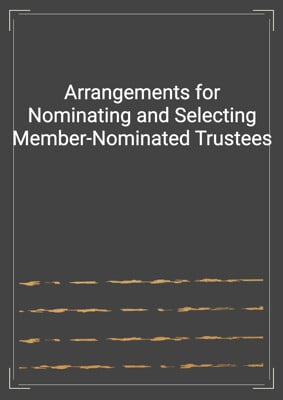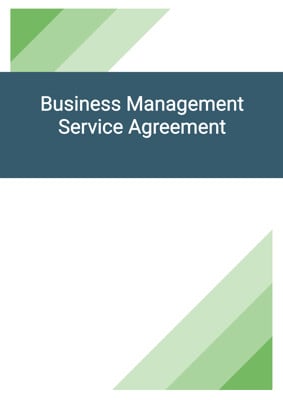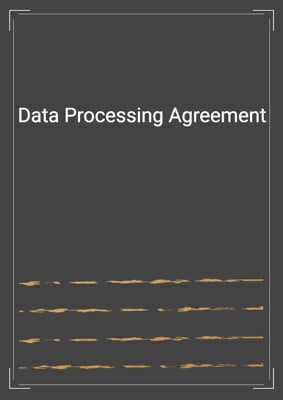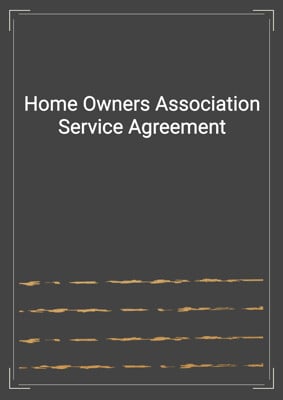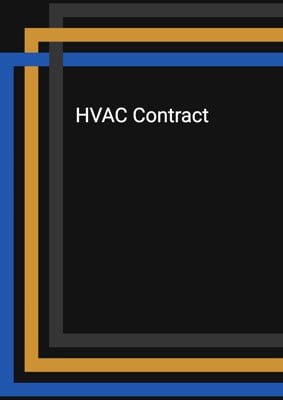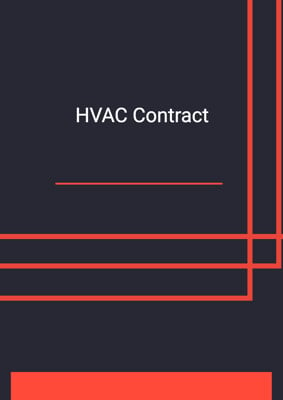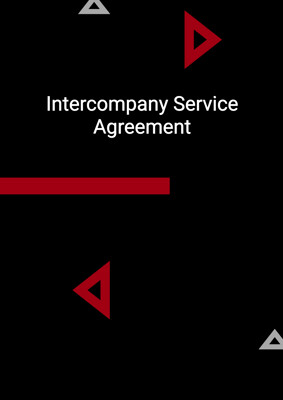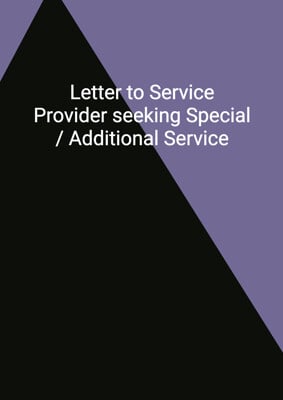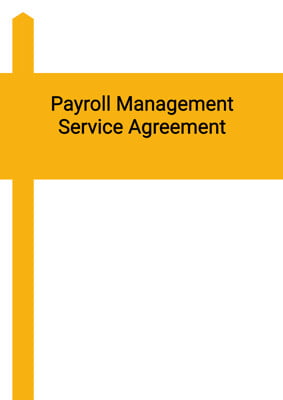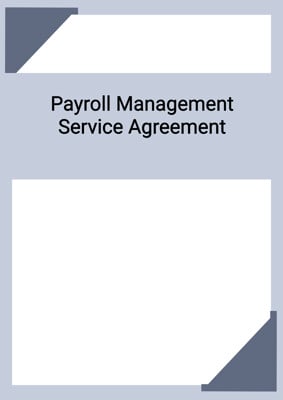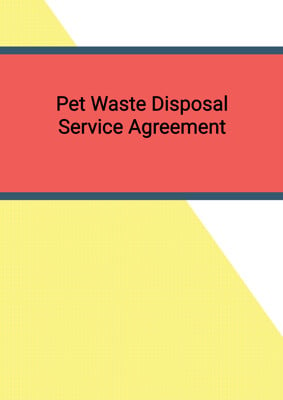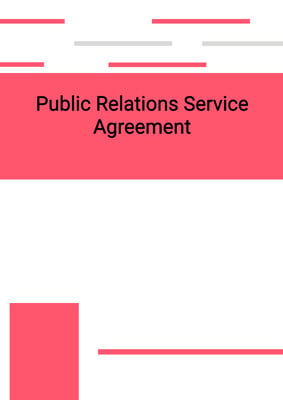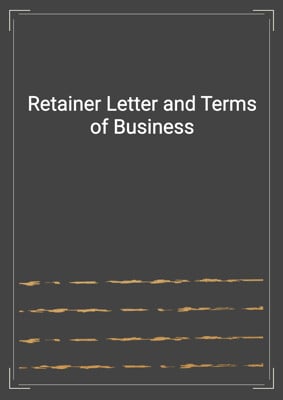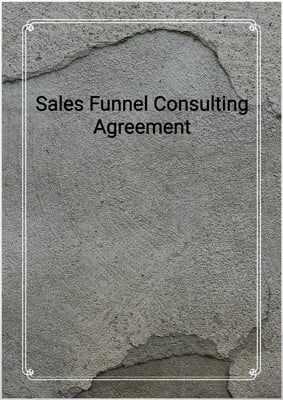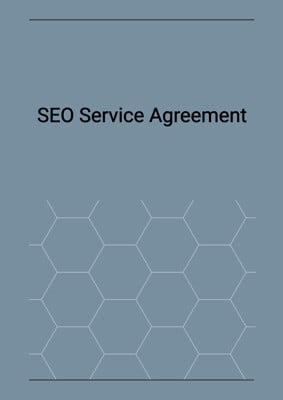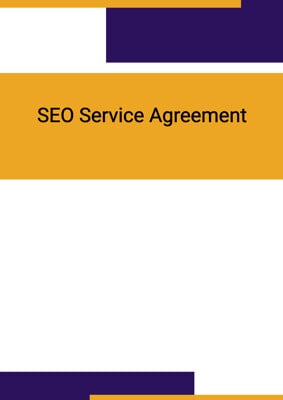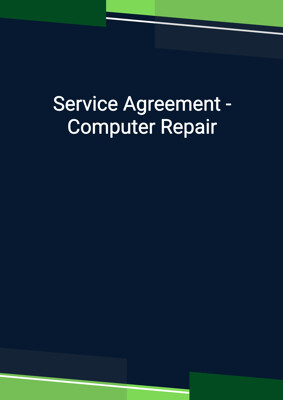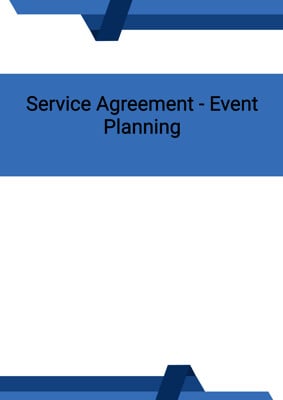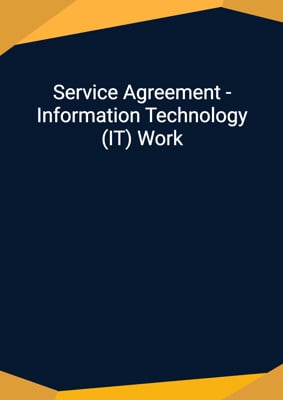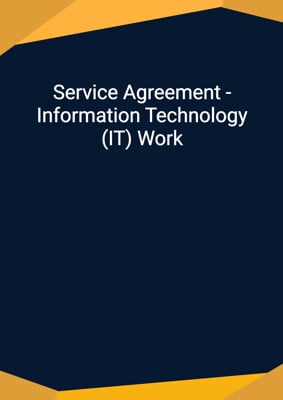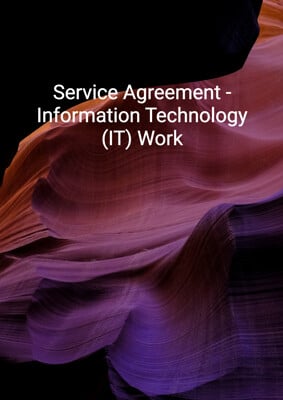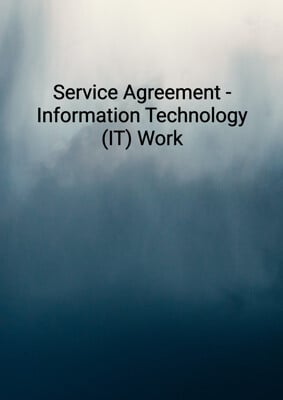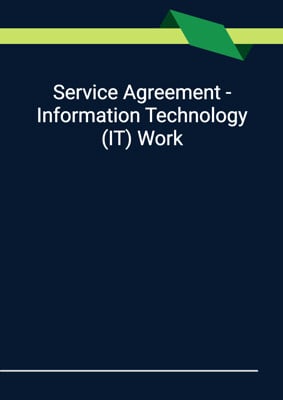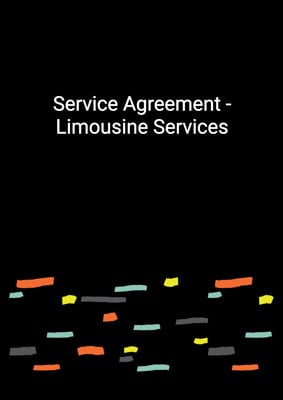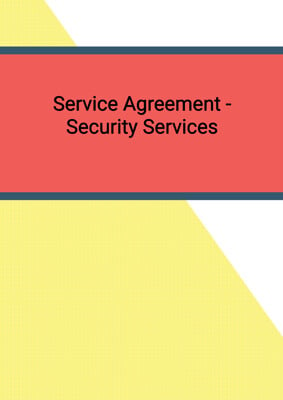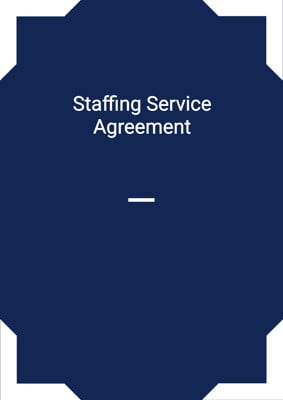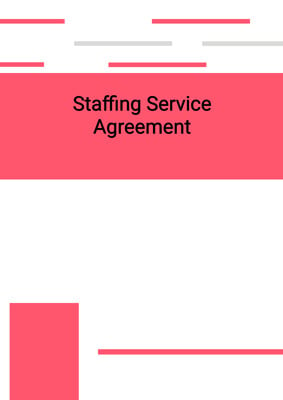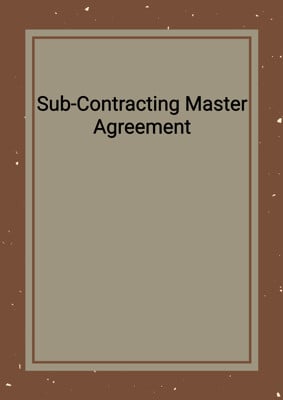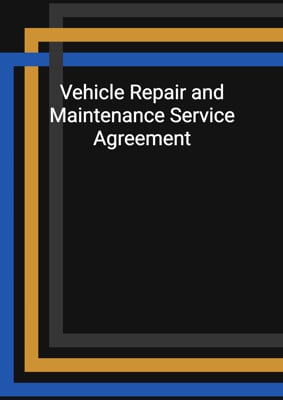How to Tailor the Document for Your Need?
01
Create Document
Fill in the details of the parties. You can click the "Fill with Member’s Information" button to complete it with information saved to your account.
02
Fill Information
Please fill in any additional information by following the step-by-step guide on the left hand side of the preview document and click the "Next" button.
03
Get Document
When you are done, click the "Get Document" button and you can download the document in Word or PDF format.
04
Review Document
Please get all parties to review the document carefully and make any final modifications to ensure that the details are correct before signing the document.
Document Preview
Document Description
The Service Agreement - Information Technology (IT) Work is a document that outlines the terms and conditions between the company and the customer for the provision of IT services. This agreement is important as it establishes the rights and obligations of both parties, ensuring that there is clarity and transparency in the business relationship.
The entire document is divided into several sections. Section 1 provides definitions for key terms used in the agreement, ensuring both parties have a clear understanding of the terminology used.
Section 2 outlines the responsibilities of the company providing the IT services, which include carrying out the services with care and skill, appointing a competent person in charge, and complying with all applicable laws and regulations.
Section 3 details the obligations of the customer using the services, which include not modifying the software, using the services in compliance with the company's policies and applicable laws, and maintaining the security of their equipment and account.
Section 4 specifies the duration of the agreement and the completion date for the services. It also outlines the conditions for termination and the consequences of termination.
Section 5 addresses the company's liability for providing the services, stating that the company will use reasonable efforts to maintain the services and perform in a professional manner. It also limits the company's liability for any damages incurred by the customer.
Section 6 allows the company to, subject to certain conditions, assign or transfer its rights and obligations under the agreement. It also requires the customer to obtain the company's consent before assigning or transferring their rights and obligations.
Section 7 specifies the invoicing and payment terms for the services. It states that the customer will be invoiced for the services and expenses following a fee schedule. It also denotes the consequences of non-payment and the company's right to increase the service charges.
Section 8 addresses the ownership and licensing of intellectual property rights. It states that the company owns and retains all rights to the services and software, and grants customers a license to use them for the duration of the service term.
Section 9 requires both parties to keep the information confidential and not to disclose it to third parties, except as permitted by the agreement or required by law.
Section 10 outlines the conditions under which either party can terminate the agreement. It also specifies the consequences of termination, including the return of records and documents and the payment of outstanding amounts.
Section 11 clarifies that third parties do not have the right to enforce any terms of this agreement.
Section 12 states that the agreement is governed by a specific jurisdiction and both parties should use reasonable endeavours to resolve any disputes amicably.
Section 13 denotes the methods and timings for serving notices under the agreement. It also provides the addresses of the parties to serve notices.
Overall, this Service Agreement - Information Technology (IT) Work is a comprehensive document that provides a framework for the provision of IT services.
How to use this document?
To use this Service Agreement - Information Technology (IT) Work, follow these steps:
1. Review the agreement: Read through the entire agreement to understand its terms and conditions. Pay attention to the definitions, obligations of both parties, payment terms, termination conditions, and intellectual property rights.
2. Customize the agreement: Modify the agreement to fit the specific requirements of your business relationship. Update the names and addresses of the parties, the scope of services, and any other relevant details.
3. Specify deliverables and service level terms (if applicable): If there are specific deliverables or service level terms, include them in Schedule 1 of the agreement. Clearly describe the services to be provided and any performance targets or metrics.
4. Include technical support terms (if applicable): If technical support is part of the services, include the terms and conditions for providing technical support. Specify the support hours, contact information, and response time.
5. Determine the fee schedule: Create a fee schedule that outlines the fees for the services and any additional costs or expenses. Specify the payment terms, including due dates and any penalties for late payment.
6. Review and negotiate: Review the agreement with the other party and negotiate any changes or amendments as necessary. Ensure that both parties are satisfied with the terms and conditions.
7. Sign the agreement: Once both parties have agreed to the terms and conditions, sign the agreement and keep a copy for your records.
8. Comply with the agreement: Adhere to the terms and conditions of the agreement throughout the service term. Fulfill your obligations, make timely payments, and maintain the confidentiality of any confidential information.
9. Monitor and evaluate: Regularly monitor the performance of the services and evaluate whether they meet your expectations. Address any issues or concerns with the other party.
10. Terminate or renew the agreement: If necessary, follow the termination or renewal procedures outlined in the agreement. Provide the required notice period and ensure a smooth transition or continuation of services.
Note: This guidance is for informational purposes only and should not be considered legal advice. It is recommended to consult with a legal professional to ensure compliance with applicable laws and regulations.
Not the right document?
Don’t worry, we have thousands of documents for you to choose from:


